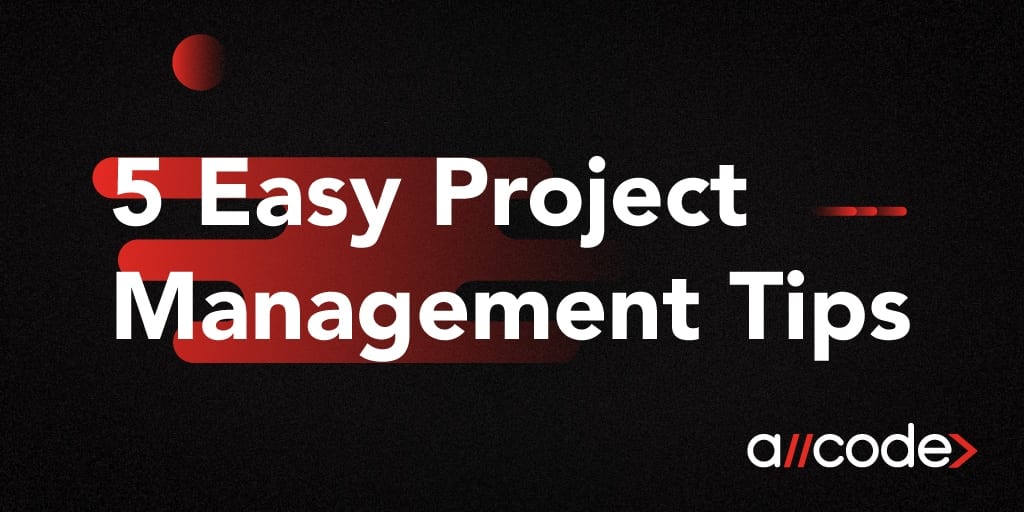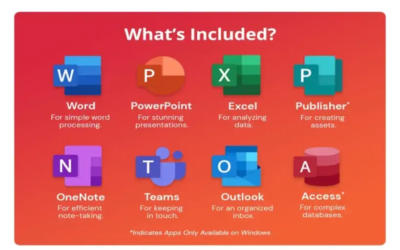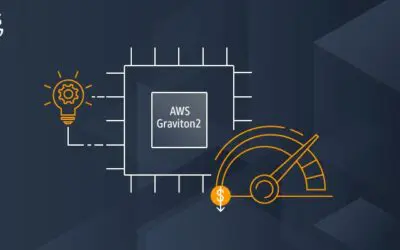
This blog was originally written in 2016 and has been updated frequently.
So you’re dreaming big dreams for 2020 - maybe you want to start a blog, set-up an ecommerce site for your handmade throw cushions, or finally create that cooking app that you always wish existed… but how do you get started?
Whether the project you are imagining is professional or personal in nature, using some very basic Project Management (PM) tools and techniques can be helpful in achieving your aims and making sure that your project stays on track. The Project Management Institute (PMI) defines project management as “the application of knowledge, skills, tools and techniques to a broad range of activities in order to meet the requirements of a project”. Essentially there are two key objectives when managing your project - efficiency and accountability. You want to ensure that your project is delivered on time, within budget and that it achieves the desired outcome. Spending time planning and evaluating can be a powerful way to enhance the successful execution of your project in the long-run. There are many different methods and approaches to PM, depending upon your industry and objective there will likely be some well-known and established methodologies, such as Agile or Waterfall for developing software, or PRiSM in construction or infrastructure projects. The process you choose should reflect the complexity (or simplicity) of your project, and there are many mobile and web-based subscription apps that can help you manage your project and communications for free or for a very small fee such as Asana, Basecamp, Slack or Trello, or SaaS platforms such as Wrike if you need something more robust. But first let’s outline the five basic steps that you will need to consider in order to get any project up and running:1. Project Conception and Initiation
At this very first stage, you are really looking at the feasibility of a particular project, and really clarifying the project objectives. This is the time to do your research about costs, benefits and potential risks. If your project is a business or commerce-based project, you might undertake a SWOT analysis and some competitive market research to establish whether you have the resources - time, money and people - to achieve your project goals. At this point, you and anyone else on your team will also agree on a project management methodology and regular communications schedule.2. Definition and Planning
As a second step, you should draft a project ‘plan’ or ‘scope of work’ breaking down the project into several tasks and identifying an appropriate timeframe for the achievement of these tasks. You might refer to these as your ‘Project Milestones’, and it’s important that you and the rest of your team are in agreement about each of these milestones and the project ‘deliverables’ that are due on that date. At this stage, you will also develop a detailed project budget and decide how you will monitor and evaluate the project upon it’s conclusion, and how resources will be allocated throughout the duration of the project. These resources can be human or financial, but it’s important to establish exactly who, what and when in terms of your project milestones.3. Project Execution
After the initial planning phase, you will choose a date on which to begin or ‘launch’ the project. Although, some amendments and changes may need to be made during project execution and these may require planning ahead. The bulk of your time during this phase is spent ensuring that people involved have been fully informed of all plans and objectives, that the work is being done, that milestones are being met, and that clear and consistent communication is being maintained between all team members and project stakeholders. This may involve the production or reports of regular briefings to collaborators, bosses, investors or other members of your personal or professional community.4. Monitoring and Testing
This step is all about comparing weekly and / or monthly progress against the goals and milestones that you have set. Depending on whether you are using a reflexive, feedback responsive PM system such as Agile or Lean 6 Sigma, or a more linear and sequential system such as Waterfall, you may also be testing your product or service in parallel and using the feedback from users to inform the design and deployment. The monitoring and testing step is a great way to build a customer base before launching your product (think Beta testing) and helps you understand the needs of your users, but ensure that you have a robust, systematic and transparent way of incorporating user data and feedback into the design and development of your product, place or service, otherwise managing the never-ending stream of responses and suggestions can cause confusion and delays. Organizing your project milestones into ‘sprints’ might be a useful exercise to help manage feedback and design changes during the project.5. Evaluation
Your project may be a stand-alone piece of work or part of a larger project, but there usually has to be an end ‘delivery’ point when you stand back and assess what you have achieved, what went well, what could be improved upon (product and process wise) and what comes next. Whilst you may be happy to just ‘close out’ the project upon delivery of the desired product or service, it is important to schedule some time with your project team to discuss the outcomes, what you learned in the process, and what you would do differently in the future. Having documentation that ‘wraps up’ the project can be invaluable when talking to stakeholders or potential future investors and evaluating the impact and success of your project. Allcode provides Project Management and Full Stack Software Development Services for Cloud, web apps and native iOS and Android apps.
Joel Garcia has been building AllCode since 2015. He’s an innovative, hands-on executive with a proven record of designing, developing, and operating Software-as-a-Service (SaaS), mobile, and desktop solutions. Joel has expertise in HealthTech, VoIP, and cloud-based solutions. Joel has experience scaling multiple start-ups for successful exits to IMS Health and Golden Gate Capital, as well as working at mature, industry-leading software companies. He’s held executive engineering positions in San Francisco at TidalWave, LittleCast, Self Health Network, LiveVox acquired by Golden Gate Capital, and Med-Vantage acquired by IMS Health.


